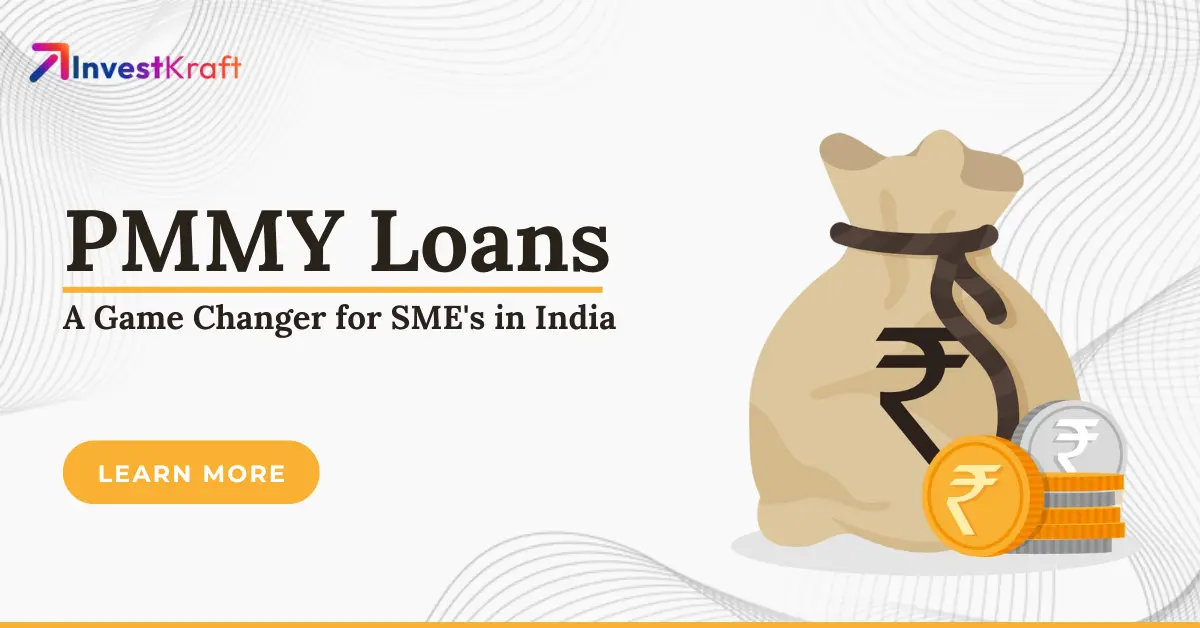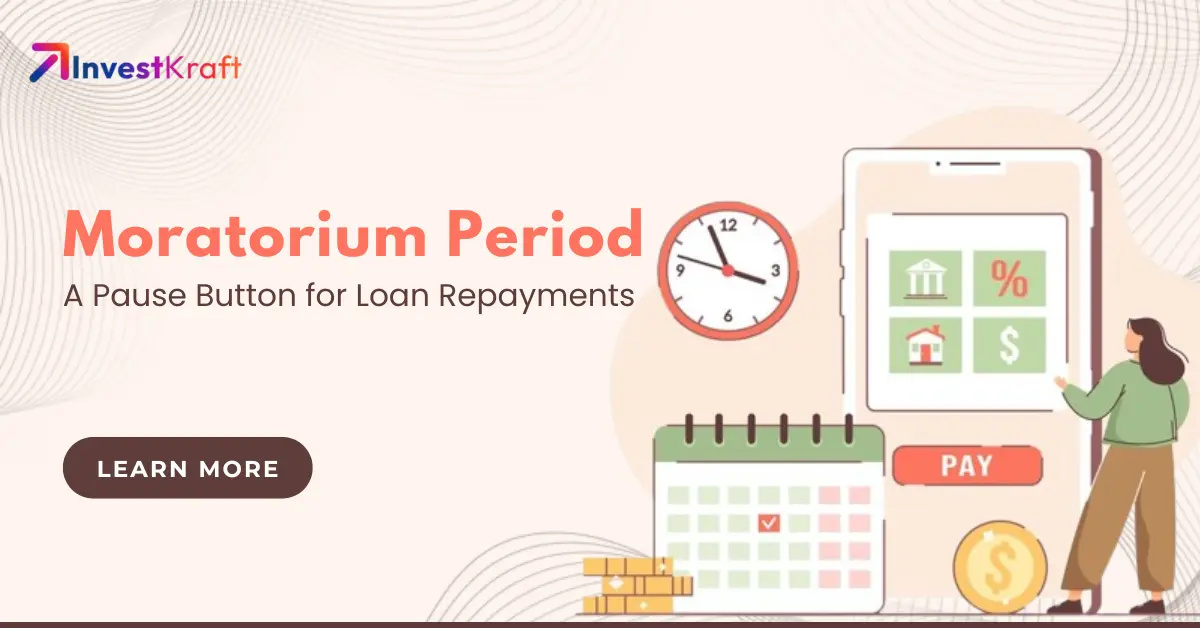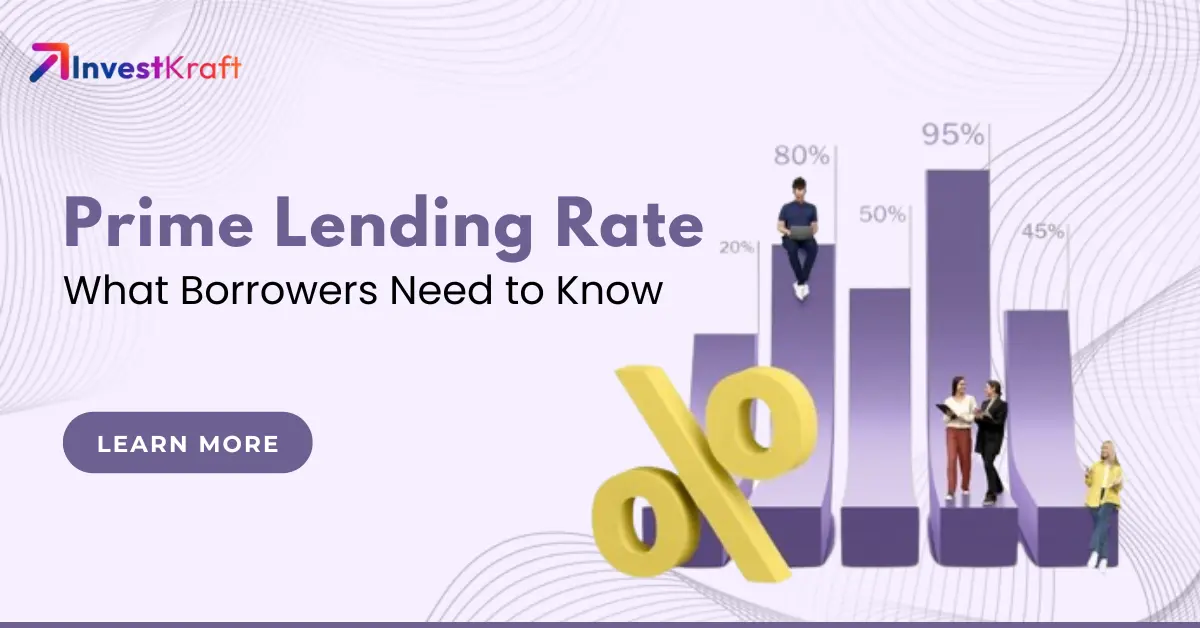Impact of RBI Policies on Loan Interest Rates: What Borrowers Should Know

Impact of RBI Policy: The Reserve Bank of India (RBI) doubled down to control inflation, which had spiked in the previous several months, and hiked interest rates by 50 basis points to a two-year high of 4.9%. The rate increase follows a 40 basis point increase by the RBI on May 4 during an impromptu meeting. The Monetary Policy Committee (MPC), which RBI Governor Shaktikanta Das chairs, has six members. All six members voted in favor of the most recent rate increase. For the seventh consecutive month, inflation based on the Consumer Price Index (CPI), which the RBI considers when determining its monetary policy, surged to an eight-year high of 7.79 percent in April.
For new floating-rate loans, the transmission time would be faster. The precise date of the bank's rate rises for new borrowers, however, will rely on the dates they designate for rate resets by their policies. As a result of their upcoming interest reset dates, borrowers with existing floating-rate loans that are tied to external benchmarks will pay higher interest rates. They would keep paying their current interest rates up until that point. Due to their increased freedom in setting their home loan rates, HFCs and NBFCs may be able to pass along rate hikes to new borrowers more slowly.
"Floating rate loans tied to MCLR and prior benchmarks would eventually be increased by the lenders depending on the change in their cost of funds, just as higher repo rates would eventually increase the cost of funds for the lenders. Some of the impact of abrupt increases in repo rates may be mitigated by low-cost deposits in their liabilities portfolio.
What would be the impact of RBI monetary policy on loans?
It is anticipated that your loans will change against this backdrop. If banks or lenders anticipate an increase in funding costs, they will probably either absorb the increase or pass it forward to you as the borrower. Their profitability will determine if they can tolerate this 0.25% rate increase. It is doubtful that your lender will maintain the same loan interest rates for you if it is not turning a profit or if non-performing loans are weakening its balance sheet. Your home loan or personal loan with a variable interest rate will probably increase in most cases.
A lender with a healthy balance sheet can decide to observe and wait. Your lender may pass on the increase to you if the RBI Monetary Policy Committee's data shows that interest rates are trending upward.
However, the committee may decide not to alter repo rates further if oil prices decline and the prices of other important commodities stay steady. This could imply that you won't need your lender to increase borrowing rates.
How does a change in the repo rate affect your loan EMI?
The rate at which the RBI lends money to banks is known as the repo rate or repurchasing option rate. This instrument is usually used by the RBI to manage economic inflation. How this affects your loan EMIs may be a question on your mind.
So let's comprehend the entire cycle: A robust and expanding economy results in high liquidity, or the flow of money around the system, which raises prices and is known as inflation. To curb excessive inflation and tighten the system's liquidity, the RBI raises policy rates, such as the repo rate and CRR, among others. Banks will be deterred from borrowing from the RBI at a higher rate as a result.
Similarly, the interest rate on loans, including the EMI amounts, will decrease in line with the RBI's decision to lower the repo rate. To put it simply, higher loan EMIs will result from an increase in the RBI repo rate, and vice versa.
What to take from the latest change in the RBI monetary policy?
Since May of last year, the RBI has been raising the repo rate to control excessive inflation. The repo rate was increased by the central bank throughout this time, from 4% to the present 6.5%. Interest rates on various loan kinds have increased as a result of this. Nonetheless, the RBI has been keeping the policy rate at 6.5% for the third consecutive policy cycle since April 2023. You will still be required to pay the same interest and EMI for your loan if there is no change in the repo rate.
For those who are making loan EMI payments, domestic inflation and international circumstances will have a significant influence on future changes in the repo rate, which will then affect changes in home loan interest rates. The RBI's primary responsibility is to keep retail inflation between two and six percent. Retail inflation peaked at 7.79% in May 2022 when the RBI started hiking the repo rate, owing to worldwide trends. But as a result of the RBI's vigorous rate hikes, inflation dropped to a record low of 4.31% in May 2023. However, June saw an increase in inflation to 4.81% due to rising costs for staple foods. As such, the trajectory of inflation will be crucial for any subsequent monetary policy decisions.
What you should do as a borrower?
Interest rate changes are influenced by several macroeconomic variables outside of our control. Thus, borrowers are powerless to stop these fluctuations in interest rates. However, there are a few tactics that could improve your ability to handle your house loan interest payments.
- Make Frequent Installment Payments: You can save a significant amount of interest and hasten loan repayment by making numerous installment payments.
- Home Loan Balance Transfer: You may want to do this if you believe the interest rate on your existing home loan is too high.
- Extend the Term of your House Loan: By doing so, you can lower the monthly installment amount and make it more affordable.
- Maintain a High Credit Score: You can talk to lenders about obtaining cheaper interest rates if your credit score is high. To learn more about credit scores and how to improve it.
- Greater Down Payment: For people wishing to purchase a home, a larger down payment lowers the principal loan amount, which lowers the total interest you will pay.
The Conclusion
In the past, the financial industry has been one of the most susceptible to fluctuations in interest rates. In a rising interest rate environment, the banking industry usually delays rate increases for deposits, takes advantage of spreads, and increases margins while passing rate increases through floating rate loans. Strong topline growth is reported by banks as a result of good disbursements, higher loan rates, and strong earnings growth brought on by encouraging advances.

Verify Phone Number
Related Post

Top Loan Schemes with Highest Subsidies in India 2024
Find the Indian loans with the highest subsidy easily with the help of Investkraft. This guide provi...
Read more...
Pradhan Mantri Mudra Yojana (PMMY) Loan: Eligibility, Application Form, Benefits
The Pradhan Mantri Mudra Yojana (PMMY) loan has been a game changer for small and micro-enterprises...
Read more...
How Does the RBI Regulate P2P Lending in India 2024?
P2P lending has grown significantly in India, becoming an important part of the financial ecosystem....
Read more...
Grace Period vs Moratorium Period: A Detailed Comparison for Better Financial Decisions
The terms “moratorium period” and “grace period” are often mistaken to have the same meaning. Howeve...
Read more...
List of Microfinance Companies in India 2025 – Small Loans & Financial Services
Microfinance in India has been rapidly expanding as a viable financial service due to the emergence...
Read more...
Understanding Syndication Loans: A Guide for Borrowers and Lenders
Loan syndication is a solution for borrowers seeking large loans that may be beyond a single lender’...
Read more...
How Does the Moratorium Period Act as a Life Raft for Borrowers?
Financial jargon, whether taking a loan or opening a bank account, can be confusing and tricky. Thes...
Read more...
New to Credit? Stop Worrying and Build Your Credit with These Essential Tips
Establishing and maintaining a healthy credit score can seem overwhelming, particularly for new borr...
Read more...
Prime Lending Rate: A Friend or Foe for Borrowers?
When purchasing items on credit, it is common to need a financial investment and many turn to loans...
Read more...
Instant Cash Loans: Everything You Need to Know
Have you ever been in a situation where you did not have enough money to make a purchase? Maybe you...
Read more...Reach out to our Experts if you have any Doubts
Like the best things in life, Consultations @InvestKraft are free
Drop a Mail or give us a Missed Call & Begin your Investment Journey here



